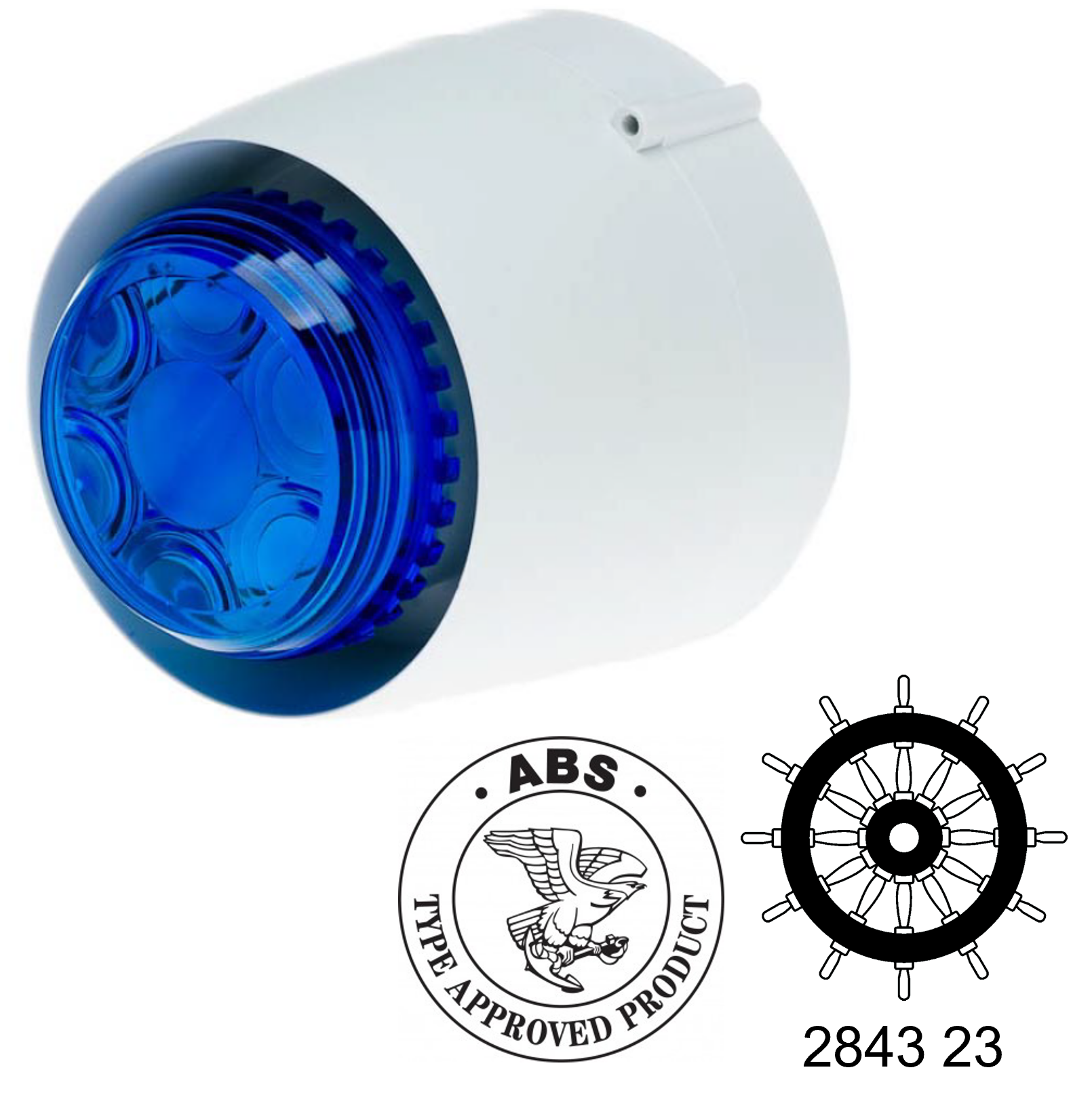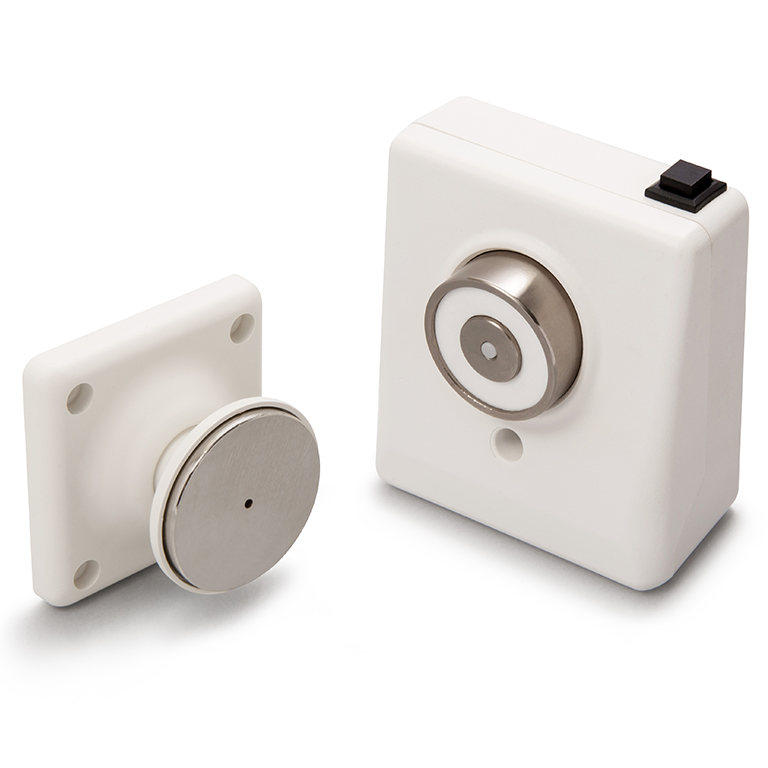Considerations for Individuals with Sensory Sensitivities
In fire safety, it is crucial to ensure that everyone can effectively respond to an emergency, including individuals with sensory sensitivities. Fire alarms, while essential for alerting people to potential dangers, can be overwhelming for those who have sensory sensitivities, such as individuals on the autism spectrum or those with sensory processing disorders.
In the UK, Part M of the Building Regulations Act specifically addresses accessibility and includes provisions for accommodating individuals with sensory impairments. In this article, we will explore the unique considerations and solutions for accommodating individuals with sensory sensitivities in the context of fire alarms. By understanding these considerations, we can create a more inclusive and accessible environment for everyone during emergencies.
Alarm Sound and Volume
One of the primary considerations for individuals with sensory sensitivities is the sound and volume of fire alarms. The loud and piercing sound of traditional fire alarms can be distressing and overwhelming for those with sensory sensitivities. Therefore, alternative alarm options should be explored to accommodate their needs.
- Low-Volume Alarms: Installing low-volume fire alarms can be beneficial for individuals with sensory sensitivities. These alarms emit a gentler sound that is less startling, allowing for a more manageable response during an emergency.
- Adjustable Volume Controls: Fire alarm systems with adjustable volume controls provide flexibility to adapt the alarm sound to an individual’s comfort level. This allows for personalized adjustments that suit the specific needs of individuals with sensory sensitivities.

Visual and Tactile Alternatives
In addition to sound considerations, incorporating visual and tactile alternatives can significantly enhance the effectiveness of fire alarms for individuals with sensory sensitivities.
- Strobe Lights: Integrating visual alert systems, such as strobe lights, alongside audible alarms can provide an additional visual cue to indicate the presence of a fire emergency. These lights are particularly beneficial for individuals who are deaf or hard of hearing, ensuring that they are promptly alerted to the danger. Red strobe lights are considered less likely to trigger seizures.
- Vibrating Alarms: For individuals with sensory sensitivities who may not respond well to sound or visual stimuli, vibrating alarms can be employed as an alternative. These devices can be worn or placed near the individual and provide tactile feedback through vibrations, effectively alerting them to the fire emergency.
Highlights To Remember
red light is more likely to result in reduced seizures.
Consider vibrating alarms instead of audio-visual
Incoporate calming elements to create a sensory-friendly space
Designate sensory-friendly areas for retreat to during fire emergencies.
Rain staff members to support individuals with sensory sensitivities during alarms
Consult with sensory integration specialists
Still have unanswered questions?
Our experience in alarm applications expands beyond what we have available online. We’re here to help if we can.


